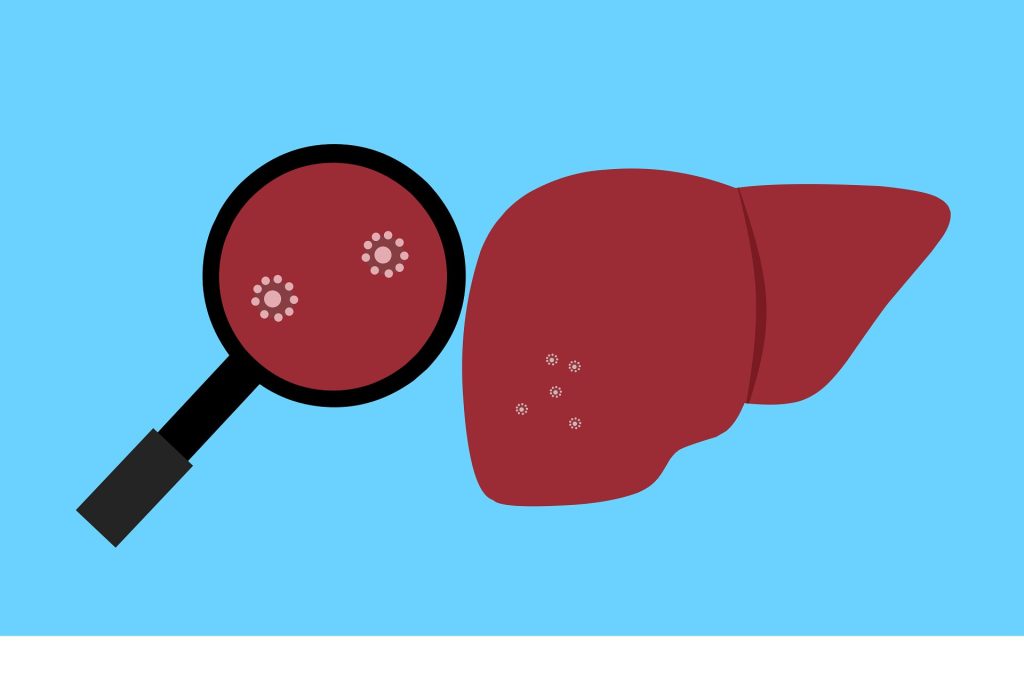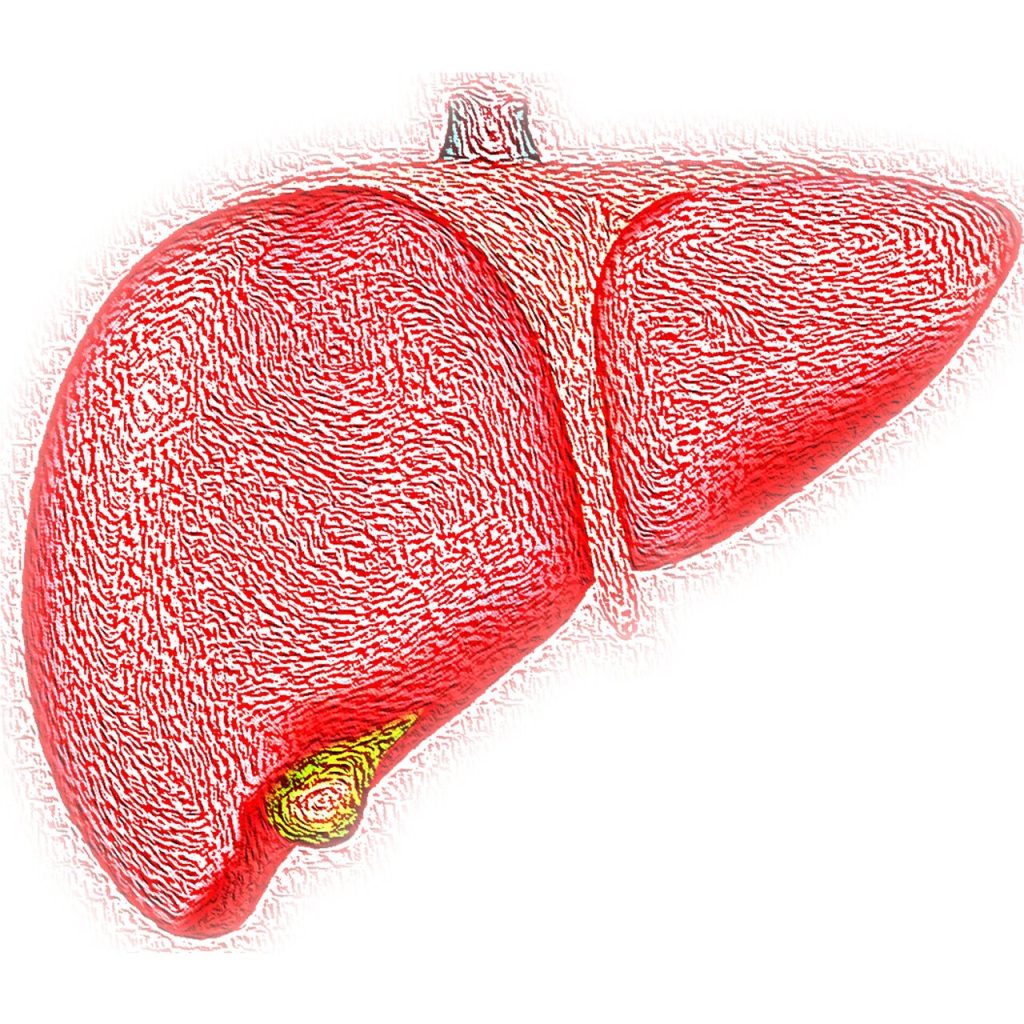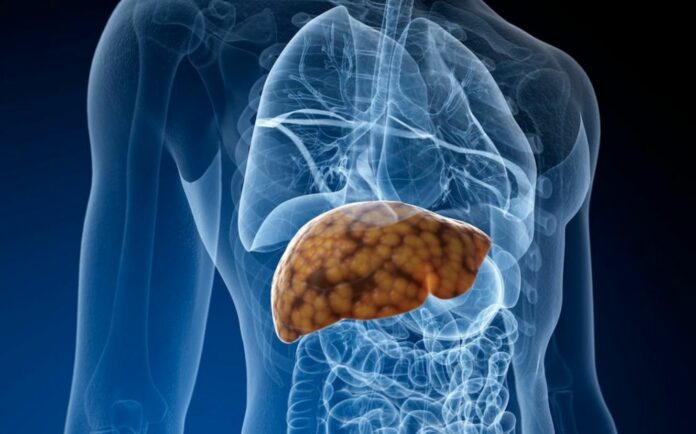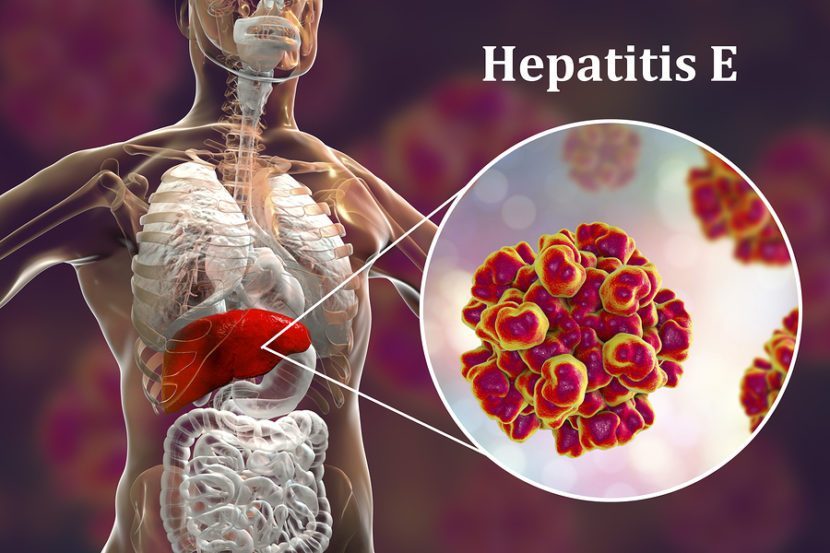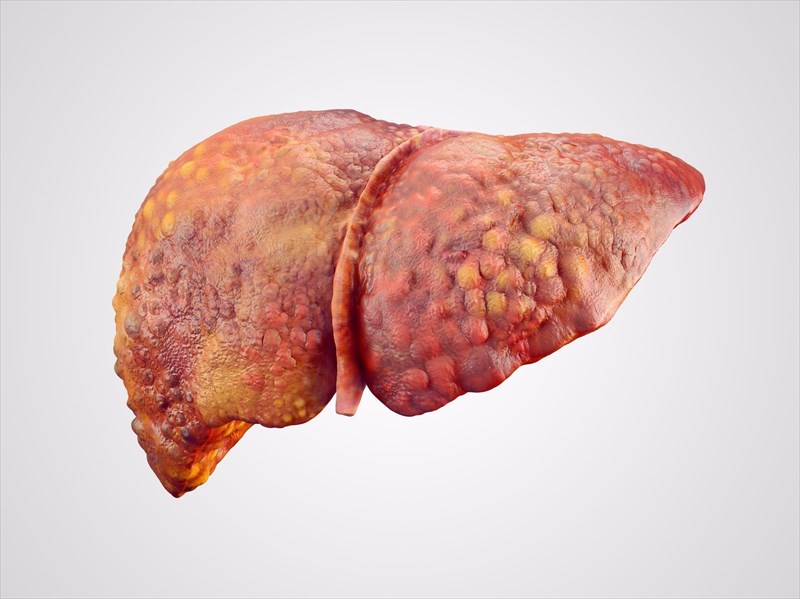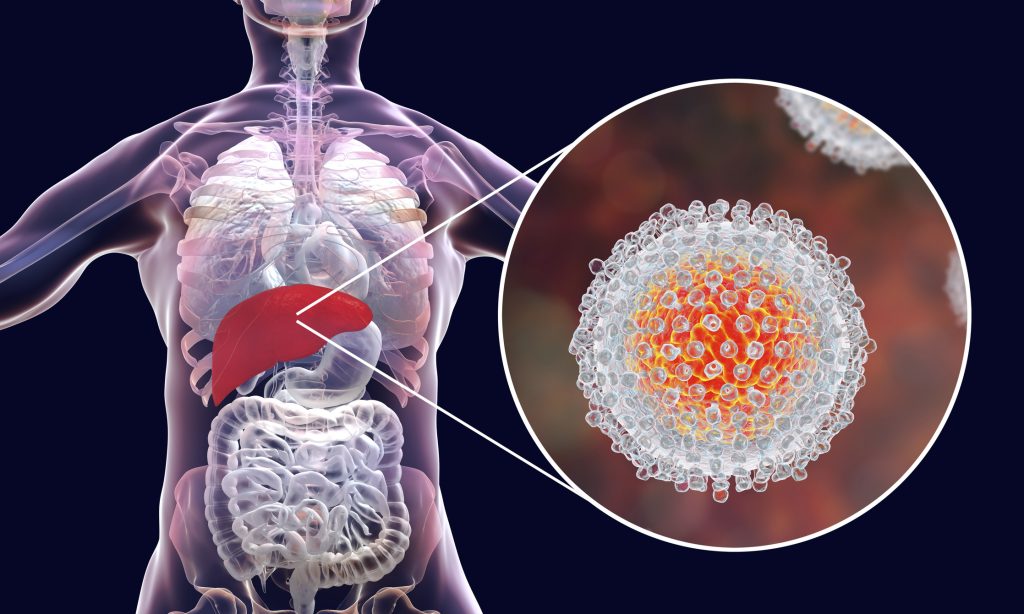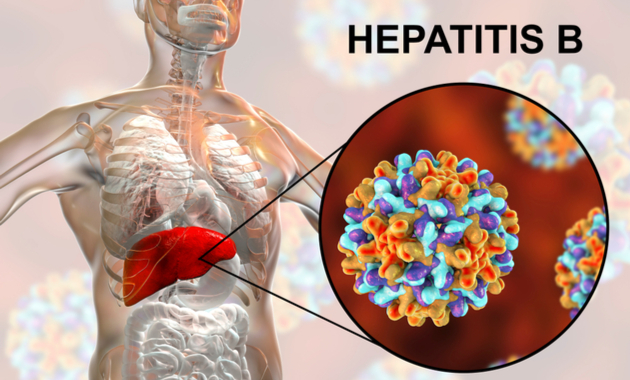Common chemical used in dry cleaning may triple risk for liver fibrosis
This is a concerning finding that highlights the potential health risks of certain industrial chemicals. Let’s break down the claim about the “common chemical used in dry cleaning” and its link to liver fibrosis.
The Chemical in Question: Trichloroethylene (TCE)
The chemical most often associated with this risk is Trichloroethylene (TCE).
- What it is: TCE is a volatile organic compound (VOC), a colorless liquid with a sweet, chloroform-like odor.
- Historical Use: It was indeed widely used as a dry-cleaning solvent for much of the 20th century, though its use for that purpose has declined in many countries due to health concerns. It has also been used as a degreasing agent for metal parts, a spot remover, and in the production of some refrigerants.
The Science Behind the Headline
The claim that TCE can “triple the risk for liver fibrosis” is based on scientific research, particularly studies that look at long-term exposure in humans.
How does it cause damage?
TCE is toxic to the liver through several mechanisms:
- Metabolic Activation: When the body metabolizes TCE in the liver, it can produce toxic byproducts. These byproducts can cause oxidative stress, damaging liver cells (hepatocytes).
- Immune System Activation: The damaged liver cells can trigger an inflammatory immune response. Chronic inflammation is a key driver of fibrosis.
- Direct Toxicity: TCE and its metabolites can directly injure liver cells, leading to cell death.
- Activation of Hepatic Stellate Cells: This is a critical step. When the liver is repeatedly injured, these cells become activated and start producing massive amounts of collagen and other proteins, which form the scar tissue characteristic of fibrosis.
Key Evidence:
- Occupational Studies: Research on workers regularly exposed to TCE (e.g., in manufacturing or metal degreasing) has shown a significantly higher incidence of liver damage, including enzyme elevations, toxic hepatitis, and fibrosis.
- Cohort Studies: A notable 2022 study published in JAMA Network Open that analyzed data from over 46,000 people found that exposure to TCE (and several other chemicals) was associated with a markedly increased risk of developing autoimmune disease and cirrhosis (the end-stage of liver scarring). The magnitude of risk increase in this and other studies aligns with the “triple the risk” headline.
- Animal Studies: Laboratory studies on animals exposed to TCE consistently demonstrate the development of liver inflammation and fibrosis, confirming its toxic potential.
Important Context and Nuances
- Dose and Duration Matter: The primary risk is associated with chronic, relatively high-level exposure. The most affected individuals are those with occupational exposure or those living near contaminated sites (e.g., from industrial spills or improper disposal). The risk from bringing home dry-cleaned clothes occasionally is considered extremely low.
- Regulatory Status: Due to its toxicity, TCE is now heavily regulated. Its use in dry cleaning has been banned in many countries, including the US, under the EPA’s significant new use rules, though it is still used in some industrial applications.
- Modern Dry Cleaning: Most modern dry cleaners now use alternative processes, primarily tetrachloroethylene (PERC), which also has health concerns but is different from TCE. Other “green” dry cleaners use liquid carbon dioxide or silicone-based solvents.
- Not Just the Liver: TCE exposure is also strongly linked to other serious health issues, including kidney cancer, non-Hodgkin lymphoma, and Parkinson’s disease.
Practical Takeaways
- For the General Public: Don’t panic about your dry cleaning. The occasional use of modern dry-cleaning services poses a negligible risk for liver fibrosis from chemical exposure. The greater risk from historic TCE use is for workers and communities with contaminated water or soil.
- If You Have Occupational Exposure: If you work in an industry where you might be exposed to TCE (metal degreasing, certain manufacturing, etc.), it is crucial to use proper personal protective equipment (PPE) and follow all workplace safety guidelines. Ensure proper ventilation and adhere to exposure limits.
- If You Are Concerned About Past Exposure: If you believe you have had significant long-term exposure, discuss your concerns with your doctor. They can order liver function tests (blood tests) and, if necessary, imaging studies to assess your liver health.
In summary, the headline is accurate and reflects a well-documented occupational and environmental health risk. The chemical TCE is a potent liver toxin, and chronic exposure can significantly increase the risk of liver fibrosis and other diseases. However, for the average person, the risk from contemporary dry cleaning is minimal.
https://www.medicalnewstoday.com/articles/common-chemical-dry-cleaning-triple-risk-liver-fibrosis
